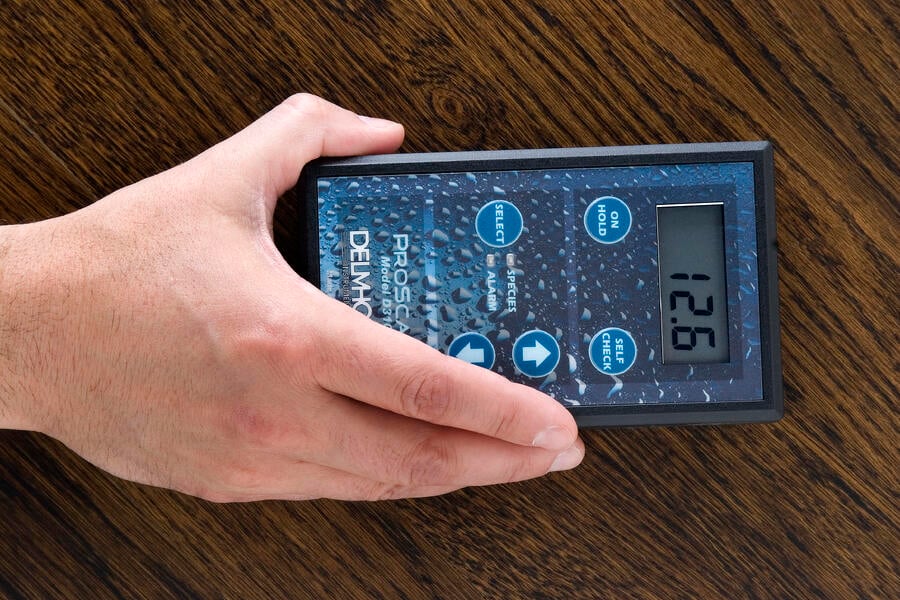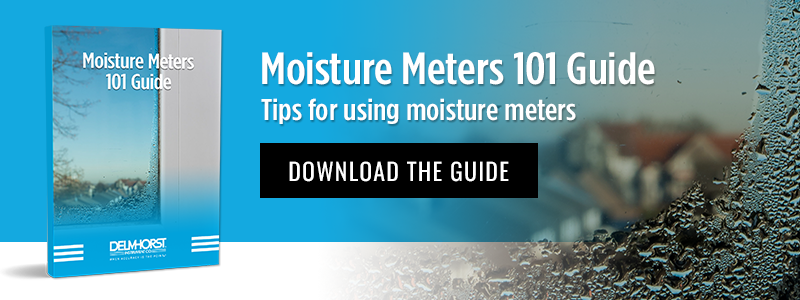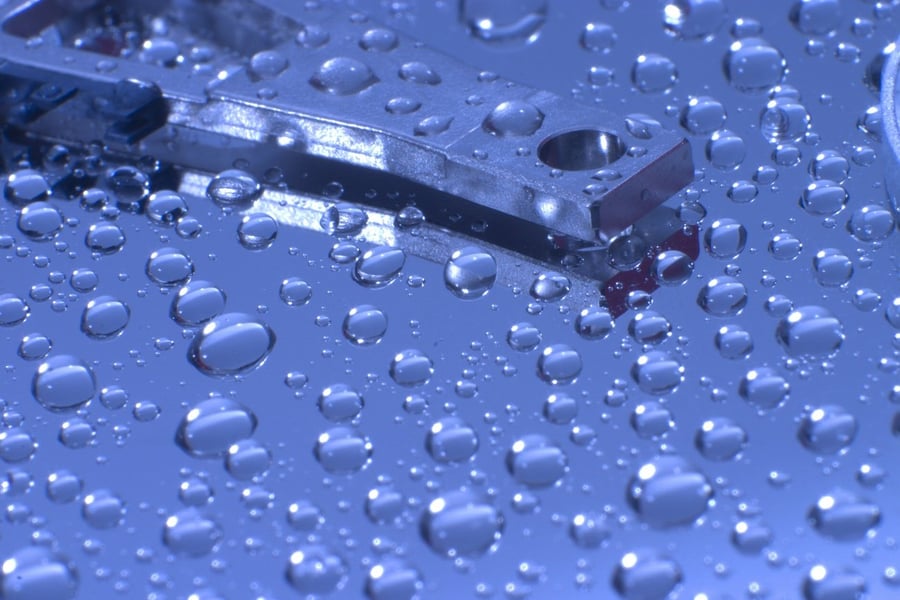Why Do You Need Quantitative Moisture Readings?
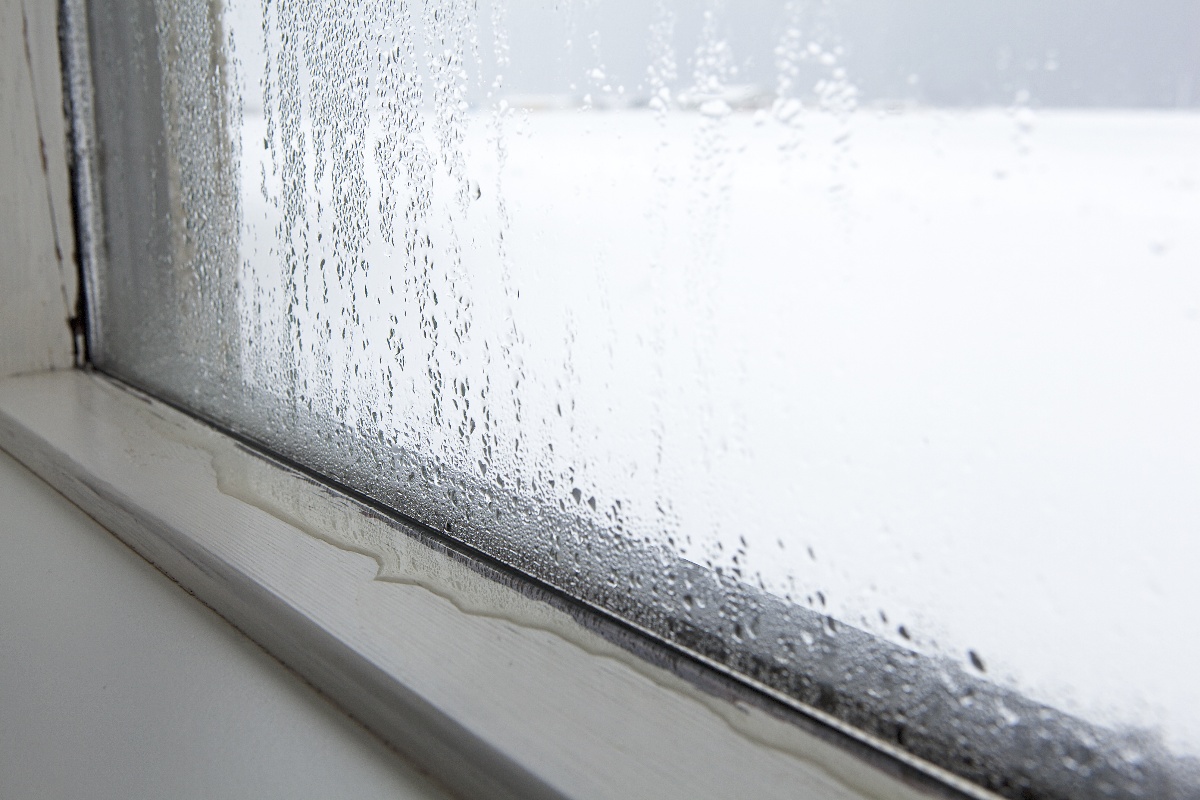
Many experts and amateurs alike across the country use moisture meters to test the moisture content (MC) of various materials and products.
In moisture testing instructions and “how-to” guides, you may come across the terms “Quantitative Moisture Readings” and “Qualitative Moisture Readings.” What do each of these terms mean, and why would you want to have a quantitative versus a qualitative moisture reading?
The Difference Between Qualitative and Quantitative Moisture Readings
- A Quantitative Moisture Reading is a representation of the moisture content of a sample material which is achieved by using a moisture meter that is specifically calibrated for testing moisture in that material. Examples would be the moisture readings provided by a wood moisture meter when testing wood, or a drywall moisture meter when testing drywall.
- A Qualitative Moisture Reading is an estimated value using an arbitrary scale. A good example of a qualitative moisture reading would be the results given by a reference scale moisture meter. The actual number is just a rough approximation of moisture content that may not translate into a precise moisture content percentage.
The difference between quantitative moisture readings and qualitative ones can be boiled down to a difference in specificity. A quantitative reading is specific and represents an absolute measurement of moisture content in a given material. A qualitative reading is an estimate that can be useful for comparison—but is ultimately not precise enough for many professionals.
Why Would You Need a Quantitative Moisture Reading?
Why is getting a quantitative moisture measurement so important? The reasons may vary from one industry to the next. To help highlight the importance of quantitative moisture readings, here are a few examples from different industries:
Agriculture Industry and Quantitative Moisture Readings
In the agricultural industry, having precise moisture measurements is crucial foroptimizing harvest times and verifying that harvested crops are ready for storage. However, the issue of moisture meter accuracy is more pressing for some applications than others.
One section of the agriculture industry where accurate, quantitative moisture measurements are crucial is in the storage of hay or other tightly-baled forage. If hay is too wet when it is collected, bacteria may grow out of control. The mildest consequence of this is that the bacteria will cause the hay to decompose and lose its nutritional value—forcing the farmer to discard their hay.
At its worst, the growing bacteria could cause a tightly-packed bale of hay to spontaneously combust—causing fires and dust explosions in the barn or hay silo. This is an obvious danger to the health and safety of farmers, livestock, or anyone in the blast and shrapnel radius of the explosion.
The ideal moisture content of baled hay varies depending on the type of bale. Generally, the denser the bale, the less moisture it can have before it becomes a severe safety hazard. Here are the acceptable moisture ranges of different types of hay bales:
- Small Square Bales. These bales tend to be less dense than other bale types. Ideally, these bales should have between 18% and 20% moisture to best balance quality and safety.
- Large Square Bales. Denser than small square bales, large square bales have a lower tolerance for moisture. The ideal moisture range for these bales is between 12% and 16%.
- Round Hay Bales. These bales have a similar density to large square bales. So, they are typically best kept at a moisture content of 15%.
Without quantitative moisture readings, it is nearly impossible to be certain that the moisture content of a tightly-packed hay bale is in an acceptable moisture range. If the bale is too dry, then the hay’s nutritive value will be ruined as leaves break off. If the bale is too wet, then the bale could catch fire.
So, in the case of measuring hay moisture, having the most accurate readings is a must.
Quantitative readings are also useful for other crops, such as cotton, tobacco, and grain, to prevent spoilage or giving away free dry weight when selling these crops.
Why Flooring Installers Need Quantitative Moisture Readings
Another industry that benefits from having quantitative moisture measurements is the flooring industry. Wood flooring installers often need to have precise measurements of the moisture content of the wood they’re working with as well as accurate assessments of relative humidity (RH) conditions at the installation site.
Why is having a quantitative moisture measurement so important? The major reason is that, as a hygroscopic material, wood tends to absorb or release moisture until it reaches an equilibrium with its environment. This is known as the wood’s equilibrium moisture content (EMC), and this value will vary from one jobsite to the next—so flooring installers need to check their wood and the site’s RH conditions at every jobsite.
There are numerous failures that can occur in wood flooring if it is installed while too far outside of its EMC value for the current installation site, including:
- Discoloration. In some wood flooring, moisture can cause the appearance of dark or discolored spots. This ruins the appeal of the flooring and may be a precursor to other flooring failures.
- Warping. As wood starts absorbing moisture, the wood can start to warp and pull away from the subfloor. In most cases, the separation is slight. But, in some rare and extreme cases where there is a foreign moisture source, the wood may separate completely from the subfloor.
- Crowning. When there is more moisture in the center of a piece of wood flooring than the edges, the center can swell to create a small bump. This is known as “crowning.”
- Cupping. When there is more water in the edges of a wood board than the center, the edges may rise as the board swells. This can also cause boards to press against one another, creating a wave-like appearance.
- Persistent Water Condensation. As wood flooring releases excess moisture, it can appear as condensation on the surface of the wood.
For flooring installers, any one of these issues could be cause for a callback—which involves a lot of wasted time, labor, and resources to replace the compromised wood flooring.
So, having a quantitative moisture measurement of wood flooring’s %MC is important. It is also equally important to have a quantitative measurement of the RH conditions at the jobsite to help establish what the EMC of the wood will be.
One note: Because wood flooring installers can work with a wide variety of wood species, it isn’t enough to just have a “wood moisture meter.” Different types of wood will read differently from one another—even at the exact same moisture content. So, it’s important to consider wood species corrections if the goal is to achieve quantitative moisture measurements. Some higher-end wood moisture meters have built-in species corrections while other users will need to make manual adjustments using a species correction table.
Why Restoration Experts Need Quantitative Moisture Measurements
In the restoration industry, customers rely on restoration experts to eliminate any and all traces of excess moisture in the structure so that it becomes usable again. Whether the property being restored is a residential or commercial property, lingering traces of moisture can create hazards such as:
- Mold Growth. The growth of black mold and other fungi in dark, damp places is not a danger that most people consider—until they start smelling musty odors and people with asthma and other respiratory conditions start to experience side effects of mold spore exposure, that is. If too much moisture is left in building materials following dry-out/tear-out efforts, then there is a risk of mold growing in the structure—creating respiratory health hazards.
- Potential Structural Failures. Excess moisture in a structure can weaken certain building materials. For example, wood beams can rot, making them susceptible to breaking under a heavy load. Water can rust iron-rich metals, compromising the performance of carpentry nails and other metal objects used to keep the structure together.
- Pest Infestations. Pockets of water hidden deep in wooden structural beams and in other building materials can attract pests such as termites, rodents, and cockroaches. These pests can spread disease and eat away at structural materials—causing potential harm to the structure’s occupants.
The worst pockets of moisture can usually be found using a reference moisture meter—a qualitative moisture reading. However, when there are materials that are only somewhat damp, it can be hard to call them one way or the other.
This can lead to the demolition/tear-out of materials that are salvageable, or to less-than-complete tear-out efforts as moisture-compromised materials are not properly identified.
Another issue in restoration work is documenting the necessity of dry-out efforts. In many cases, the restoration pro’s ability to collect a timely payment for their services depends on the insurance company’s willingness to pay out a property damage claim. However, before making any payouts, the insurer will want to verify that the restoration work was necessary.
Having documented, quantitative moisture measurements to present to the insurance company can help to demonstrate the necessity of the work. This, hopefully, will help smooth along the insurance claim process so the restoration company can collect payment.
Qualitative moisture measurements, while useful, are not as reliable as more precise quantitative moisture readings for this purpose.
Ensuring Moisture Meter Accuracy for Quantitative Readings
Of course, for a moisture meter reading to be truly quantitative instead of qualitative, it’s necessary to ensure the meter’s accuracy for moisture testing.
Ensuring moisture meter accuracy has several components, including:
- Choosing the Right Moisture Meter. To get quantitative moisture measurements, the moisture meter needs to be properly calibrated for the material it is being used on—a hay moisture meter won’t produce accurate results in wood, and vice versa.
- Maintaining the Moisture Meter. Maintenance plays a significant role in ensuring moisture meter accuracy. A meter with damaged pins/scanning plates, depleted batteries, and a degraded circuit board isn’t going to work at peak accuracy and efficiency. Taking care of your meter is critical for getting quantitative moisture measurements.
- Checking the Meter’s Accuracy. Even a well-maintained moisture meter can lose calibration after years of use. So, periodically checking the moisture meter’s calibration using a moisture content standard (MCS) or built-in calibration check can be invaluable for verifying that the meter is providing accurate measurements.
Have any questions about how to choose the right moisture meter for your needs? Reach out to a member of the Delmhorst team today to learn more.
Subscribe to Our Blog
Post Related
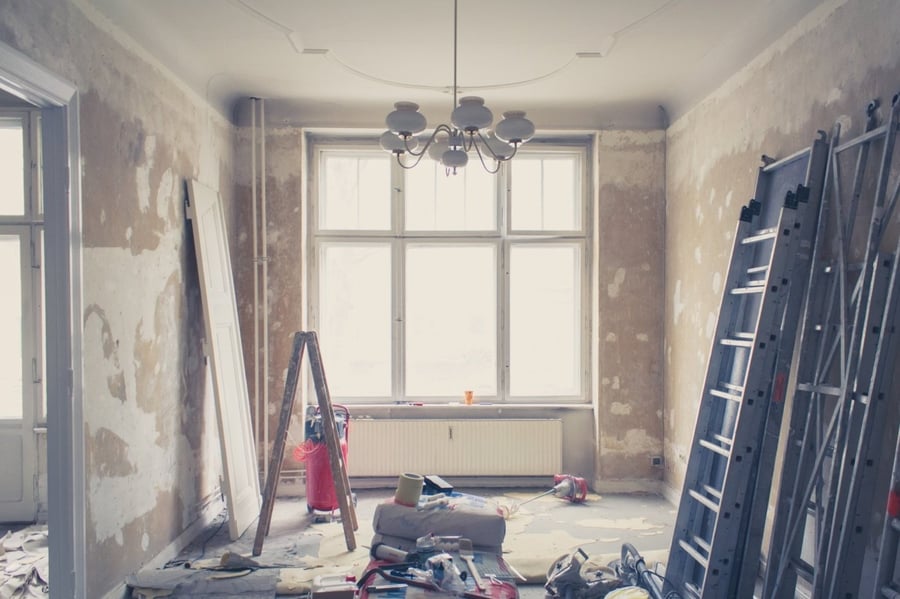
5 Tips for Accurately Using a Restoration Moisture Meter
